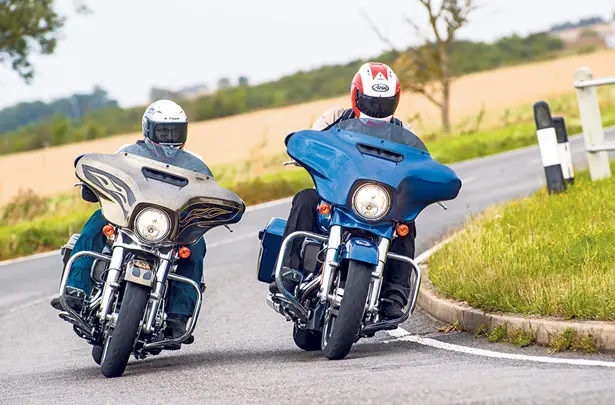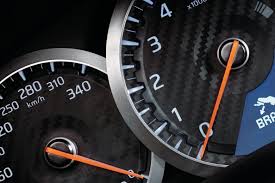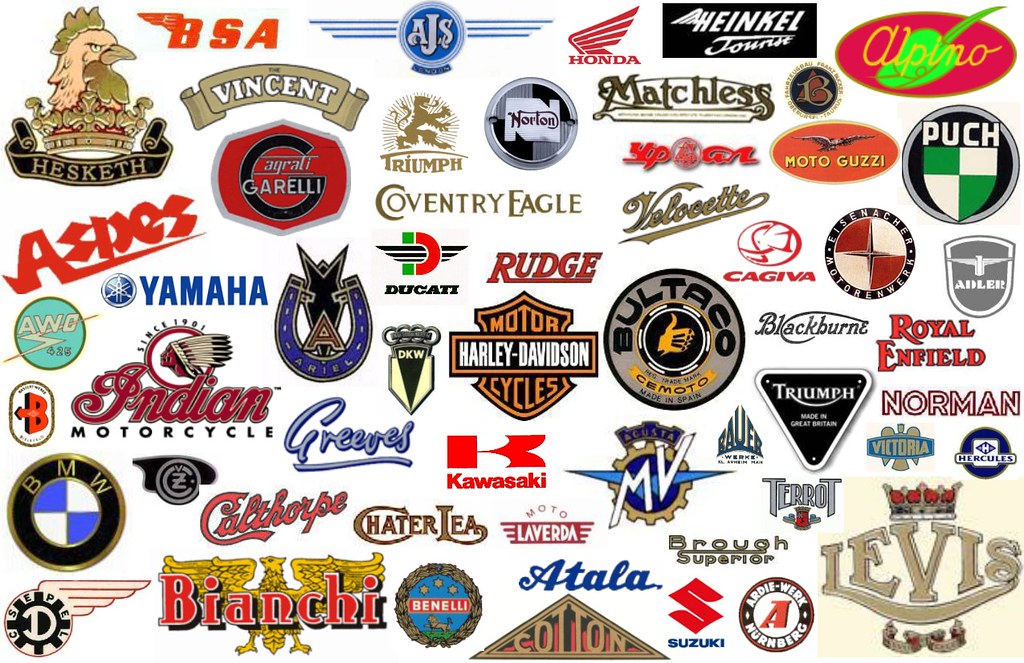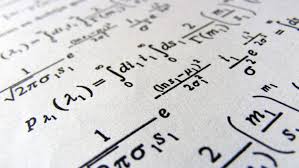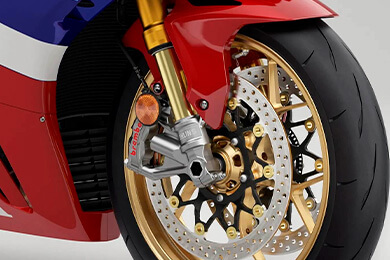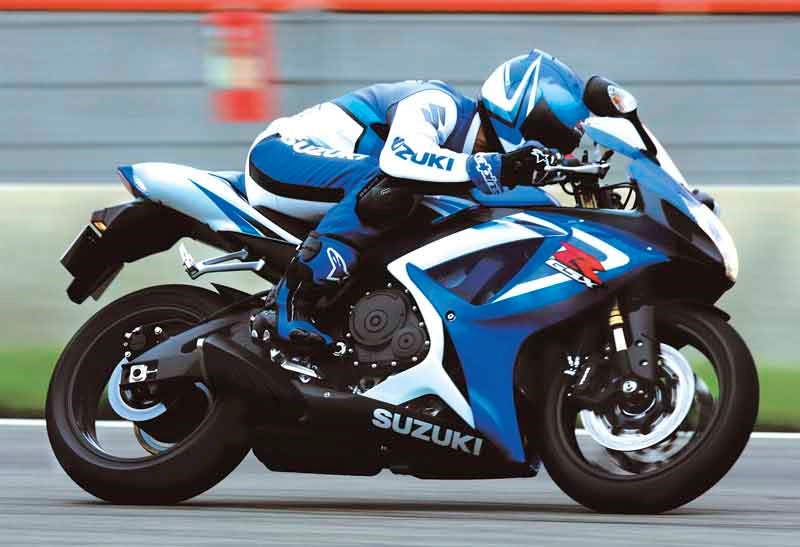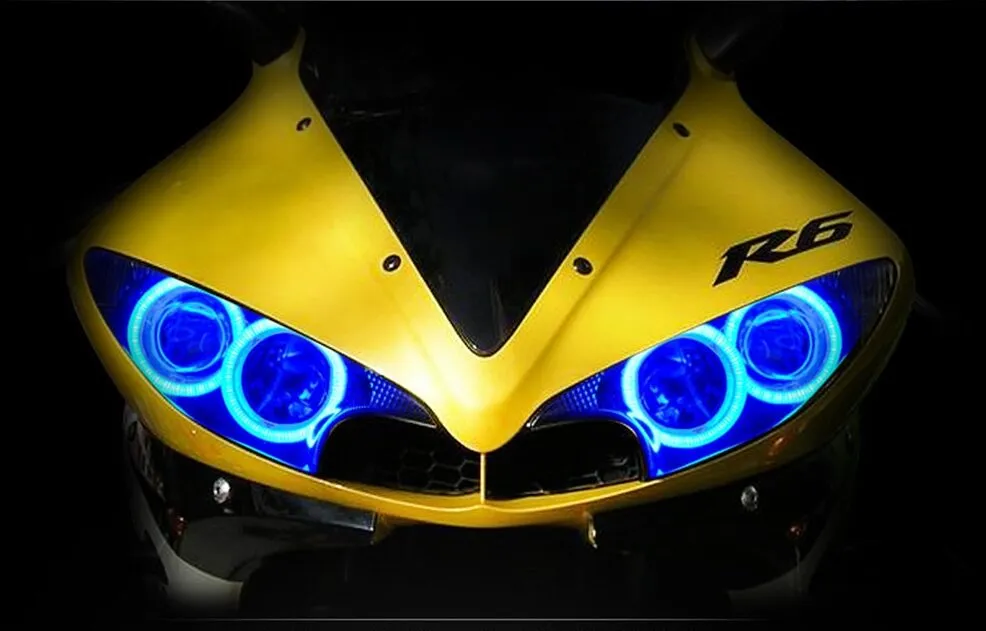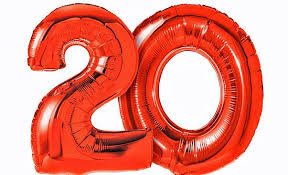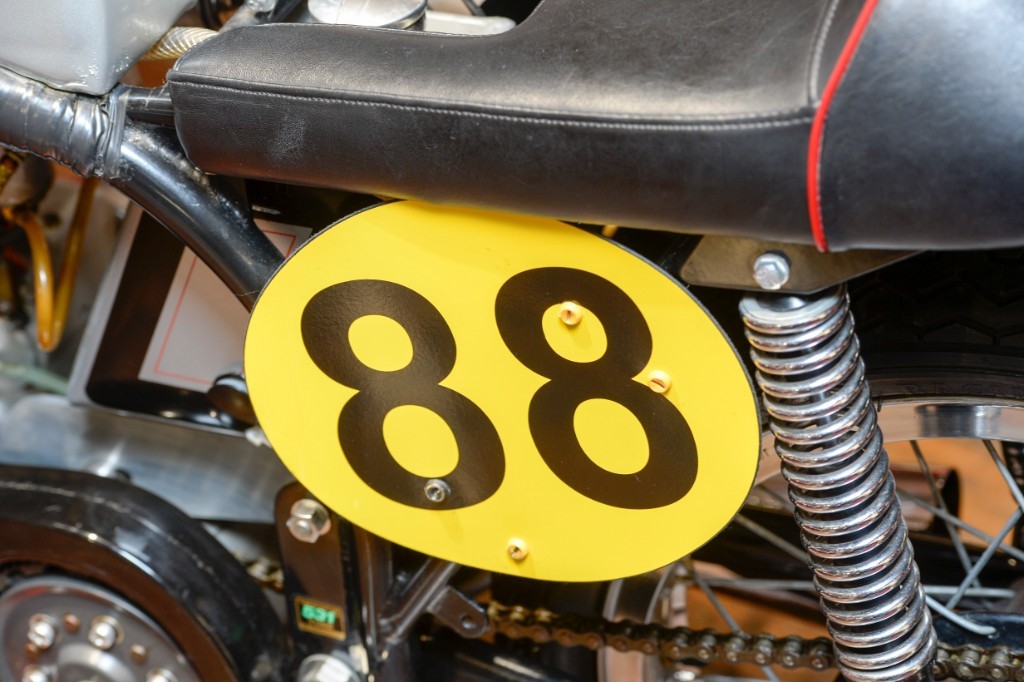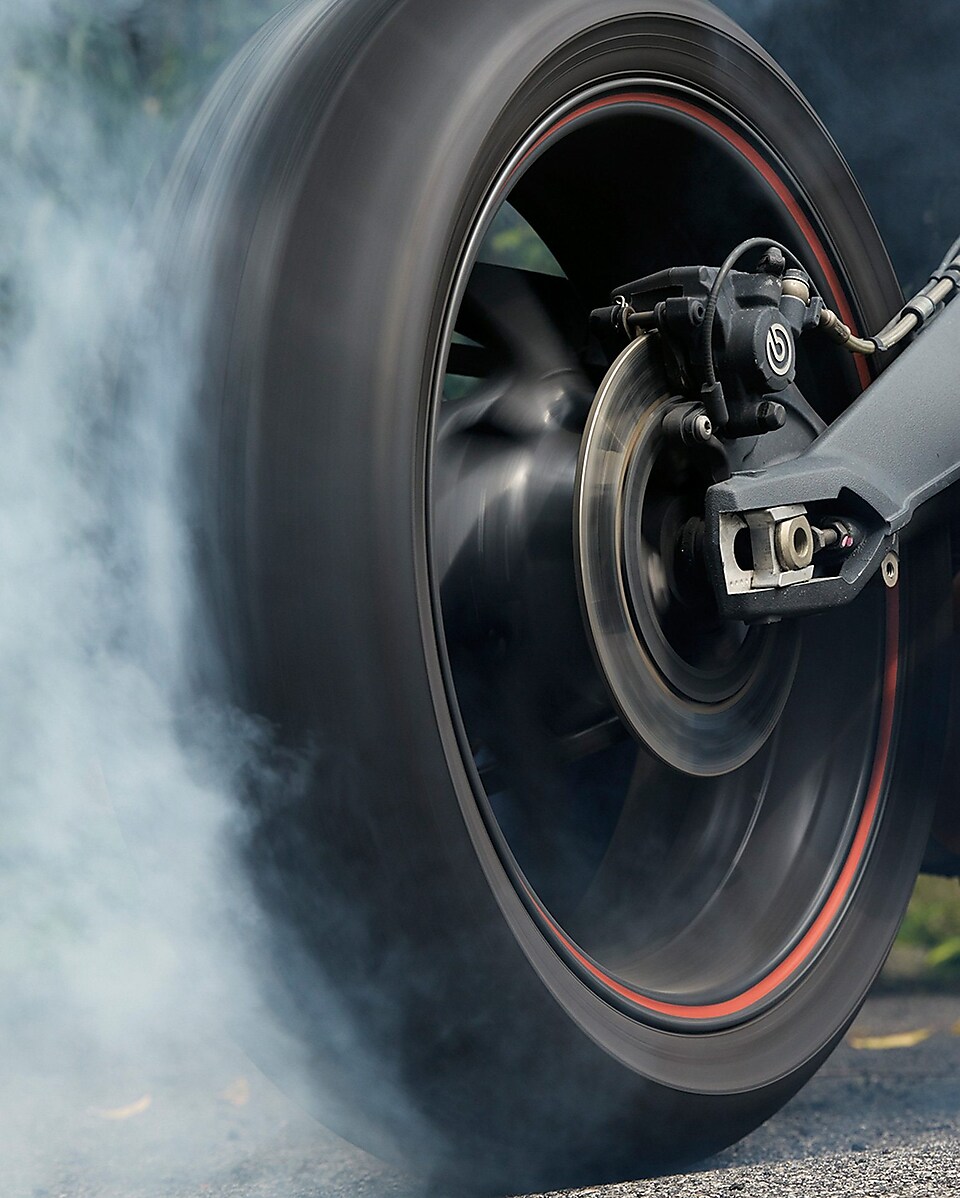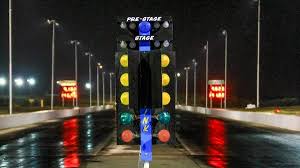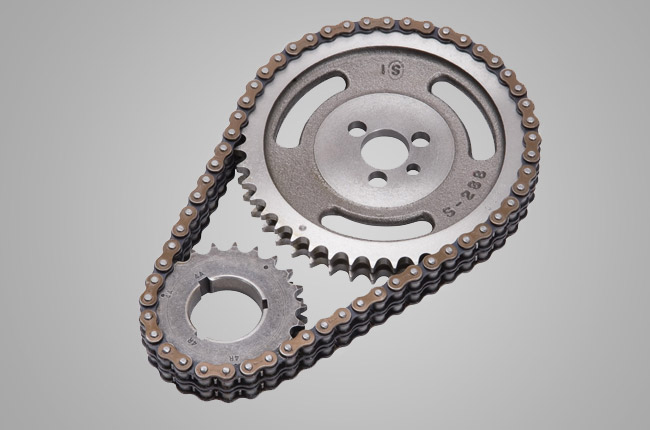


This edition of the Kawasaki Ninja 300 DOHC is the 6 speed | Manual version and was first brought out in 2013. This was at around the same time as the introduction of the 2014 Kawasaki ZX-10 R Ninja World Champion Edition and the 2014 Kawasaki ZX-10 R Ninja.This particular Kawasaki Ninja 300 has a 296cc Liquid cooled, Two stroke, Transverse Petrol powerplant with 2 cylinders and Electronic Fuel Injection.
The 2013 Ninja 300 shares its Transverse engine and Sport style configuration with the likes of the 2020 Norton Superlight SS and the 2019 Norton Superlight Twin. Alternatively, if you're looking for other bikes which share the Ninja 300's Sport style with a similar size of engine then how about the 1995 Suzuki RGV 250 V-Twin | 1995cc.1994 Suzuki RGV 250 V-Twin | 1994cc.
Weighing in at 172 kgs (379 lbs) this makes the Kawasaki Ninja 300 DOHC in the same weight category as the 2025 Yamaha Tenere 700 Rally or the 2025 Yamaha YZF-R9 Triple, give or take 50kg.
In terms of power the 296cc 8 valve Transverse 2 cylinder engine produces 39 bhp (29 kW) @ 11000 rpm similar to the 2025 Yamaha WR 250 F [36.1 bhp (26 kW) @ 12000 rpm] or the 2025 Honda X-ADV 745 [57.8 bhp (43 kW) @ 6750 rpm].
The DOHC Two stroke unit throws out torque of 19.9 lb-ft (27.0 Nm) @ 10000 rpm placing it alongside motorbikes of similar performance figures such as the 2025 Yamaha WR 250 F [17.8 lb-ft (24.2 Nm) @ 8100 rpm] and the 2025 Honda MSX 125 Grom [7.6 lb-ft (10.4 Nm) @ 5500 rpm].
If one combines the weight with power or torque performance for the Kawasaki Ninja 300 you can get a better idea of it's real world performance.
The 2013 Kawasaki Ninja 300 DOHC has a Power to weight ratio of 226.7 bhp per ton and 115.7 lb-ft per ton. Bhp Per Ton figures of the 2013 Ninja 300 competing with the 1973 Yamaha RD 350 Twin [251.6 bhp\ton] and the 1975 Yamaha RD 350 Twin [251.6 bhp\ton].
If you agree with the late great Carroll Shelby, then arguably an even better indicator of potential performance is Torque. Factor weight into the equation and you end up with - Torque per ton, with the Kawasaki Ninja 300 generating around 115.7 lb-ft per ton. If you're curious as to what other motorbikes have as much torque to weight then look no further than the 1981 Suzuki GS 550 M Katana [140.6 lb-ft per ton] and the 2023 Kawasaki ZX-4 RR Ninja KRT [140.5 lb-ft per ton].
With a 0-60mph time of 16.3 secs or a 0-100km/h (0-62mph) of 16.7 secs, this makes the Kawasaki Ninja 300 DOHC similar in acceleration to the 2019 Honda X-ADV 745 (16.3 secs) and the 2019 Kawasaki Z 300 Twin Cylinder (16.3 secs). This Kawasaki Ninja 300 DOHC also competes in terms of 0-60 mph and 0-100km/h with the 2018 Honda CB 250 R Neo Sports Cafe (0.0 secs) and the 2020 Norton Superlight SS (0.4 secs).
![Kawasaki Ninja 300 DOHC - [2018] image Kawasaki Ninja 300 DOHC - [2018] image](/editionimages/b/default.jpg)
Quarter Mile time is a close race between the 2013 Kawasaki Ninja 300 DOHC and the 2018 Kawasaki Ninja 300 DOHC
When talking about the performance of the 2013 Kawasaki Ninja 300 DOHC on the drag strip it can reach a quarter mile in an estimated 14 secs @ 0 mph. Bikes with a similar performance down the quarter mile can be found in the 2018 Kawasaki Ninja 300 DOHC (14 secs) and the 2006 Yamaha XVZ 1300 Royal Star Tour Deluxe Midnight (14 secs).
The 2013 version of the Kawasaki Ninja 300 DOHC has a maximum speed of 112mph.
If maxing out your bike on the AutoBahn is your thing and you're wondering what's faster at the top end than the 2013 Kawasaki Ninja 300 DOHC then how about a 2009 Suzuki GSF 650 N Bandit (123 mph) and the 2007 Suzuki GSF 650 N Bandit (123 mph).


Kawasaki GTO 125 Single Cylinder
Engine Capacity: 123 cc
Top Speed: 0 mph
Quarter Mile: 18.3 secs @ 0 mph




